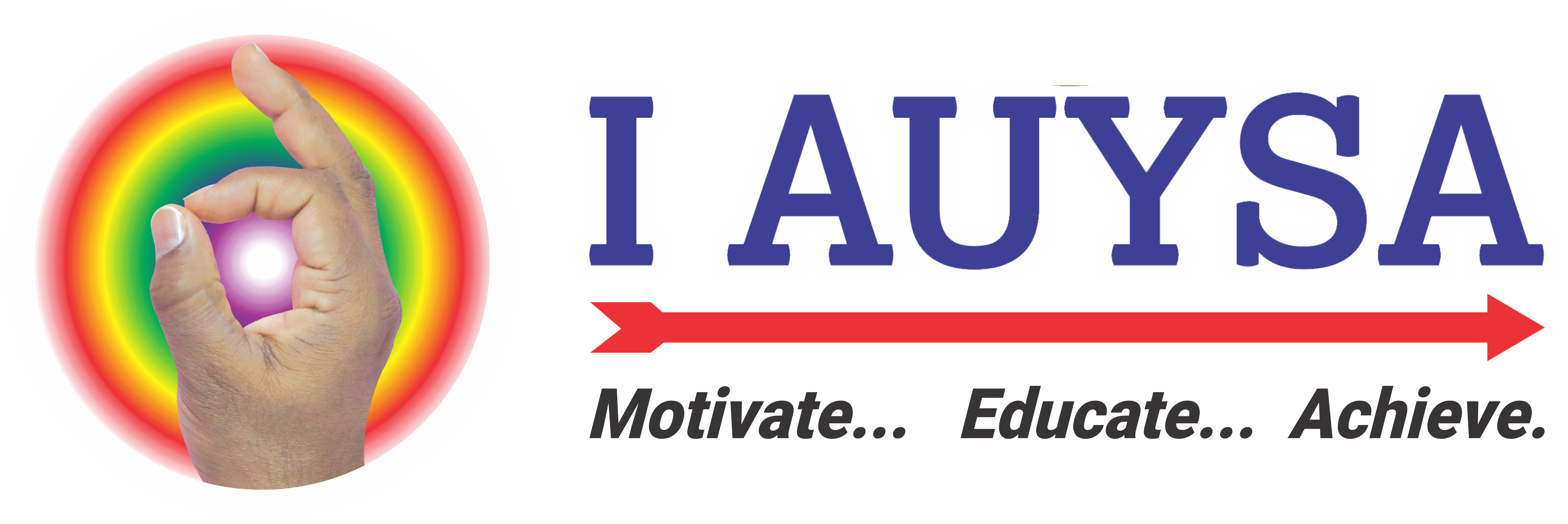
Decision-Making
Making decisions and solving problems are two key areas in life, whether you are at home or at work. Whatever you’re doing, and wherever you are, you are faced with countless decisions and problems, both small and large, every day.
What is decision-making?
Decision making is a choice made by using one’s judgement. The art of making sound decisions is a particularly important skill for leaders and managers. You may need to make numerous decisions as part of the problem-solving process. And, of course, leaders and managers will need to use their decision-making skills to determine which solution to pursue. They will also typically need to confirm and set into motion next steps to fix the problem.
Decision-making is the process of choosing a solution based on your judgment, situation, facts, knowledge or a combination of available data. The goal is to avoid potential difficulties. Identifying opportunities is an important part of the decision-making process. Making decisions is often a part of problem-solving.
Making a decision is seen to be a procedure. Depending on the situation, the decision-making process may or may not entail problem-solving. The decision-making process culminates in the formulation of a conclusion and a plan of action. Identifying opportunities is an important part of the decision-making process.
Decision making generally focuses on the actions, ways and alternatives that are used to solve a particular problem. This is also a result of cognitive function. Sometimes a psychological aspect of an individual is taken into consideration while stressing about making decisions. The needs and wants are taken care of. This process can also be considered as continuous interaction with the surrounding environment.
Decision making is a process of identifying and evaluating choices. We make numerous decisions every day and our decisions may range from routine, every-day types of decisions to those decisions which will have far reaching impacts.
The goal of the decision-making process is to avoid any potential issues. While making decisions, various types of options are explored. Decision-making can have a variety of results. The paths that are taken in decision-making are structured. The decision-making goals have nothing to do with resolving a problem or issue.
Decision-making is the process of selecting the best possible option in a given situation. Effective decision-making often requires you to:
- Identify many potential options.
- Anticipate possible outcomes.
- Consider the needs or wants of others impacted by the decision.
- Understand the impact on a project, department and the organization as a whole.
- Deliberate when under pressure.
Decision making in 3 steps:
1. Use problem solving to identify potential solutions – this may involve decision making, such as deciding to hold meetings with stakeholders or assigning team members to tackle particular areas of the problem
2. Determine which solution is the best fit for the problem at hand
3. Make a decision on next steps to action the chosen solution
Types of Decision Making
- Collaborative decision-making:
- Command decision-making
- Vote decision-making
- Consensus-based decision-making:
- Delegation of decision making
Decision Making Strategies
- Consider the outcome each is likely to produce, in both the short term and the long term.
- Compare alternatives based on how easily you can accomplish each.
- Evaluate possible negative side effects each may produce.
- Consider the risk involved in each.
- Be creative, original; don’t eliminate alternatives because you have not heard or used them before.



